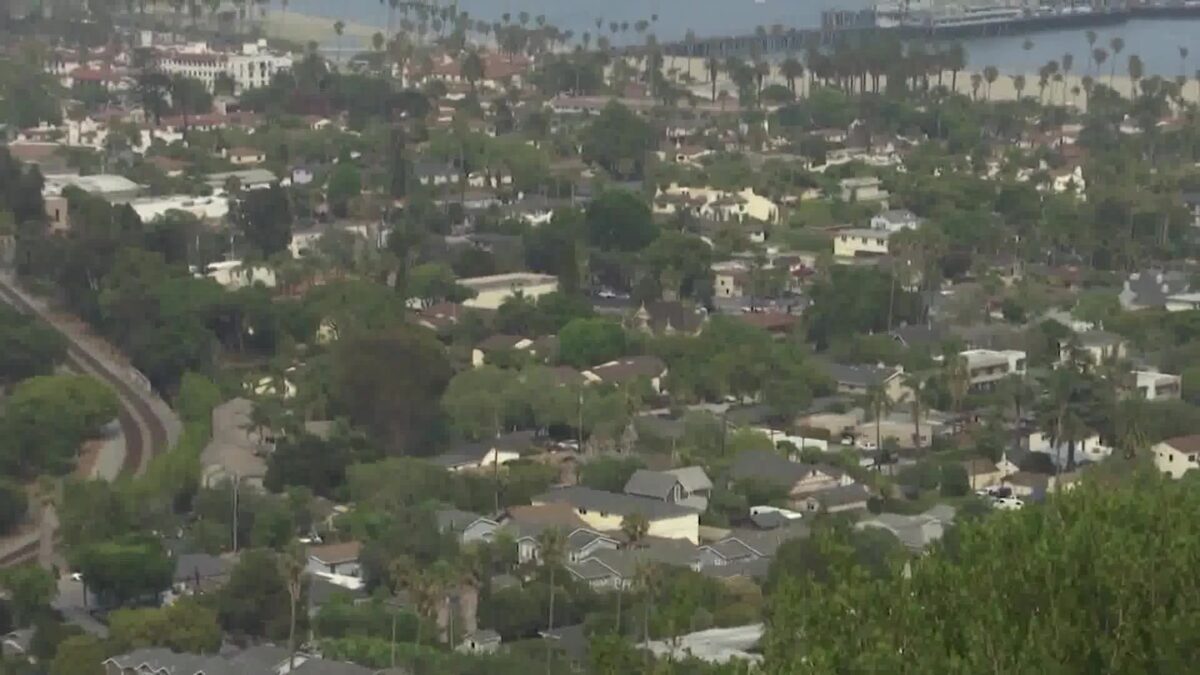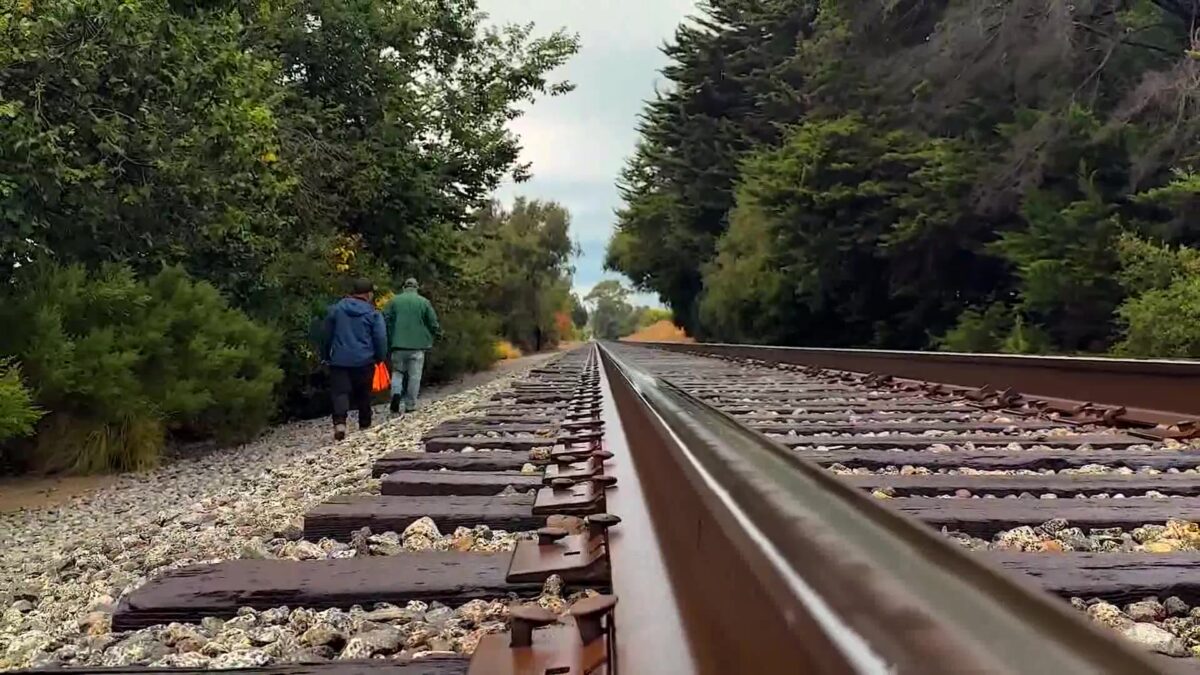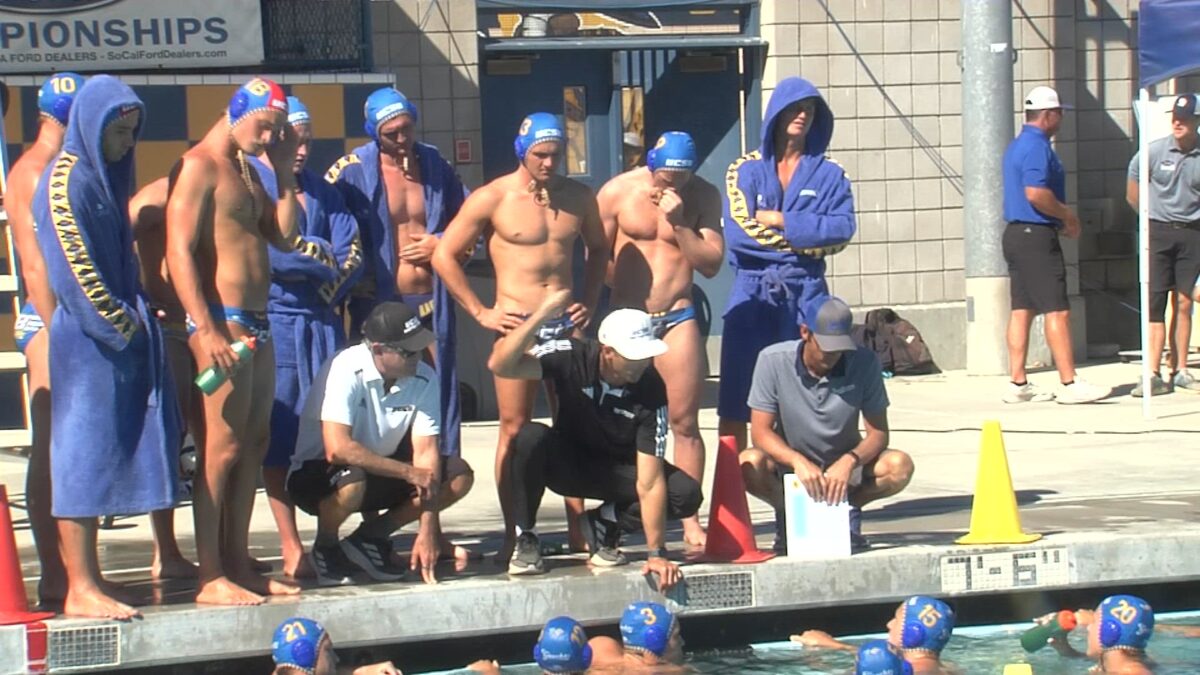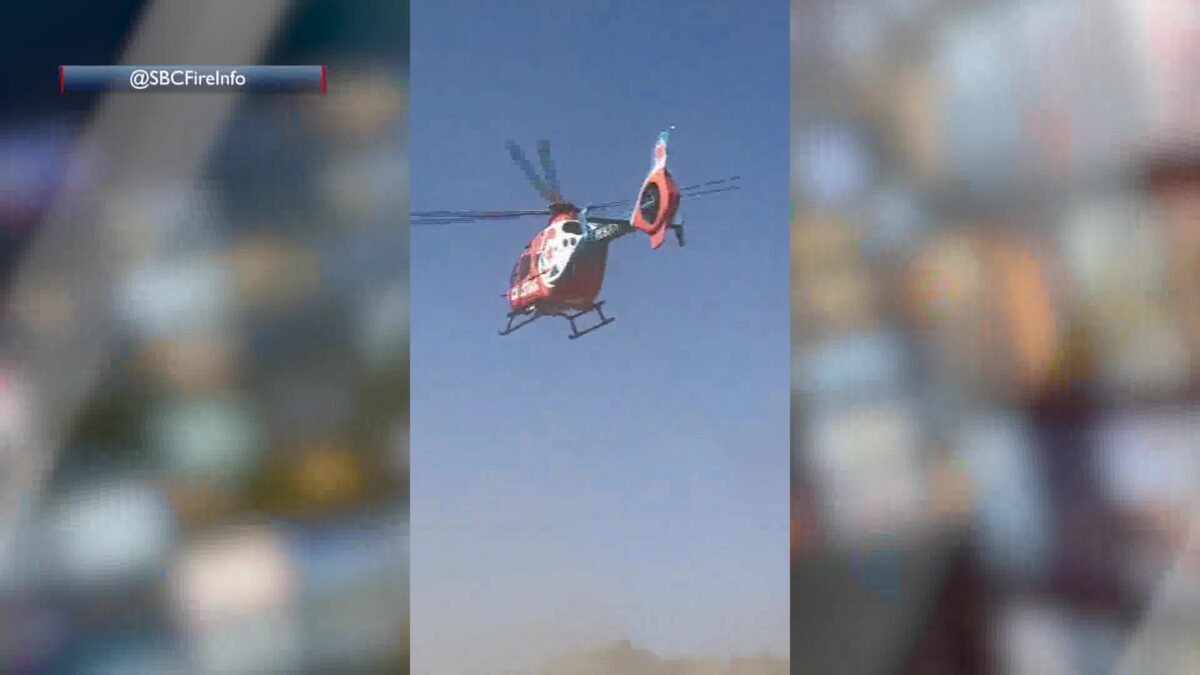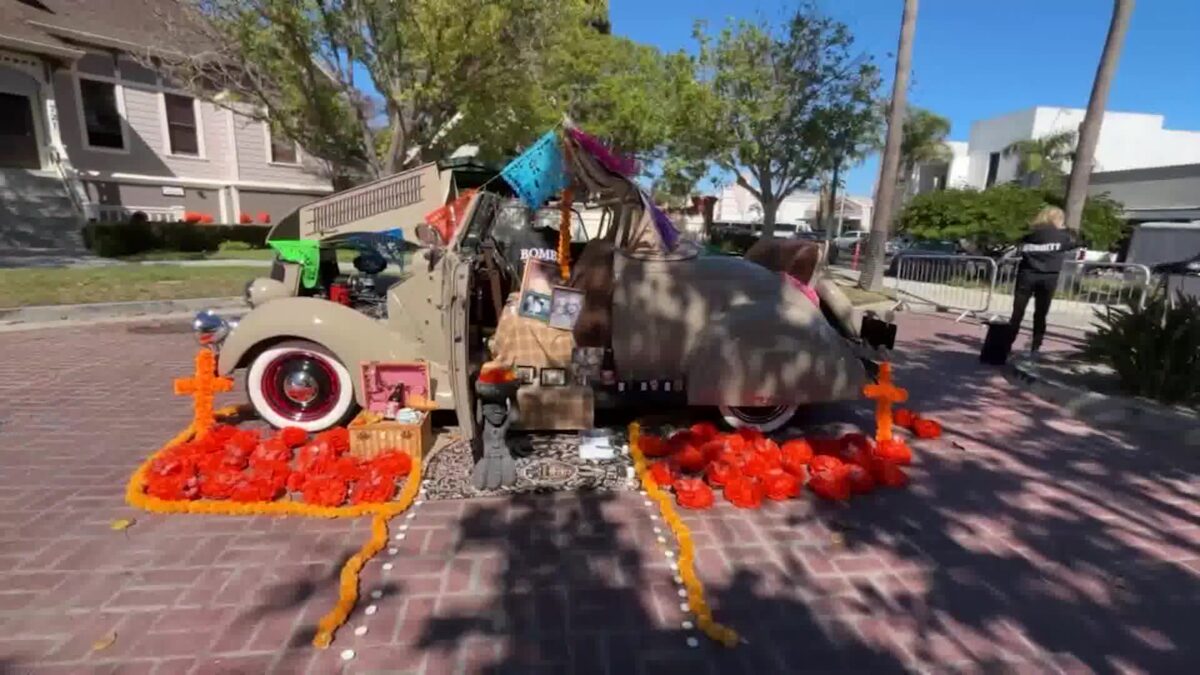Andrew Gillies
VANDENBERG SPACE FORCE BASE, Calif. (KEYT) – The Department of the Air Force published its Final Environmental Impact Statement (EIS) regarding the planned increase in launches from Vandenberg Space Force Base Tuesday.
The environmental assessments reviewed the potential cumulative effect of an anticipated 100 launches per year of Falcon 9 and Falcon 9 Heavy rockets from Vandenberg Space Force Base along 15 unique evaluation categories including air, water, and soil quality as well as noise and socioeconomic impact.
The pace is a notable increase compared to the 51 launches out of the space force base in 2024, the most launches since 1974.
“We are scaling our capacity and accelerating our space launch capabilities to meet national demands and maintain a competitive edge in the space domain,” explained Space Launch Delta 30 commander Colonel Mark Shoemaker in January of 2025. “I have no doubt that our skilled and dedicated workforce of civilians, military, and contracted professionals will continue to build on our successes.”
Printed copies of the Final EIS are available for the public at the following locations:
Avenue Library at 606 N. Ventura Avenue in Ventura
E.P. Foster Library at 651 E. Main Street in Ventura
Lompoc Public Library at 501 E. North Avenue in Lompoc
Ojai Library at 111 E. Ojai Avenue in Ojai
Santa Barbara Public Library at 40 E. Anapamu Street in Santa Barbara
Santa Maria Public Library at 421 S. McClelland Street in Santa Maria
South Oxnard Branch Library at 4300 Saviers Road in Oxnard
Vandenberg Space Force Base Library at 100 Community Loop, Building 10343A at Vandenberg Space Force Base
More information about the environmental impact statement process can be found here.
In the assessment, the Department of Air Force selected Alternative 1 which would require SpaceX to construct a new approximately 62,000 square foot hanger to support the integration of both additional launches and the use of Falcon 9 Heavy rockets for the first time from Vandenberg Space Force Base.
A comparison of the Falcon 9 and Falcon 9 Heavy boosters are shown below, courtesy of the EIS.

The plan would require SpaceX to redevelop SLC-6 with commodity storage tanks, a vehicle erector, water towers, ground supporting equipment, a transport road with a rail system, and two new launch pads.
Most launches have been from SLC-4, but the modifications to the current launch area would not meet the necessary launch capacity and would also disrupting current mission timelines, including missions on behalf of the Department of Defense.
The required construction is currently estimated to take about 18 months with the majority of major demolitions and construction happening in the first 12 months.
 Details of the proposed construction at SLC-6
Details of the proposed construction at SLC-6
The Department of Air Force noted that while launch operation windows could still occur at any time, the federal agency is working to limit launch times to between 6 a.m. and 10 p.m.
 An estimated launch cadence from the Air Force’s EIS
An estimated launch cadence from the Air Force’s EIS
SpaceX would continue to transport first-stage boosters and fairings using roll-on-roll-off barges towed by a tugboat from the Port of Long Beach to the Vandenberg Space Force Base harbor for each launch.
The Department of Air Force noted that there are currently no significance thresholds established for space launch greenhouse gas emissions and the Federal Aviation Administration has not identified specific factors that need to be considered in making those threshold determinations and emissions assumptions were based on engine-specific emissions factors.
A comparison of the assumed annual emissions form the increase in launches is shown below.

In December of last year, the impact of noise from space launches was included for the first time in federal legislation.
As a result, the environmental assessment from the Department of Air Force included the expectation of how much rocket noise would increase, especially with the inclusion of Falcon 9 Heavy rockets from SLC-6.


In addition to the impact on the surrounding environment and community, the Department of the Air Force calculated the economic impact of having one of the nation’s two spaceports.
According to the Department of the Air Force, the cumulative economic impact of the space force base on the state is over $1.75 billion per year with an annual direct impact in Santa Barbara County of $500 million
Vandenberg Space Force Base is one of the largest employers in the county with over 6,000 active duty servicemember and civilian employees, accounting for approximately three percent of the county’s total jobs in 2017.
SpaceX does not plan to add any additional staff to its current 400 permanent staff under the proposal.
The role that SpaceX plays in the use of Vandenberg Space Force Base is the subject of ongoing litigation.
The California Coastal Commission rejected a proposal to increase launches from Vandenberg Space Force Base as many of the launches were Starlink satellites that materially benefited the private company and are covered under a federal consistency determination, a state-level assessment regarding federal actions that impact local coastal zones.
In response, SpaceX sued the state regulator in federal court alleging violations of SpaceX’s owner Elon Musk’s constitutional right to free speech among other claims.
In January of this year, California Attorney General Rob Bonta filed to have the lawsuit dropped and U.S. District Judge Stanley Blumenfeld Jr. dismissed the SpaceX lawsuit in March noting that because the Air Force overruled the Coastal Commission’s decision and launches continued unabated, no harms could be found.
SpaceX can still file an amended lawsuit and the ongoing court battle was part of the Coastal Commission’s closed session meeting just last week.
Click here to follow the original article.

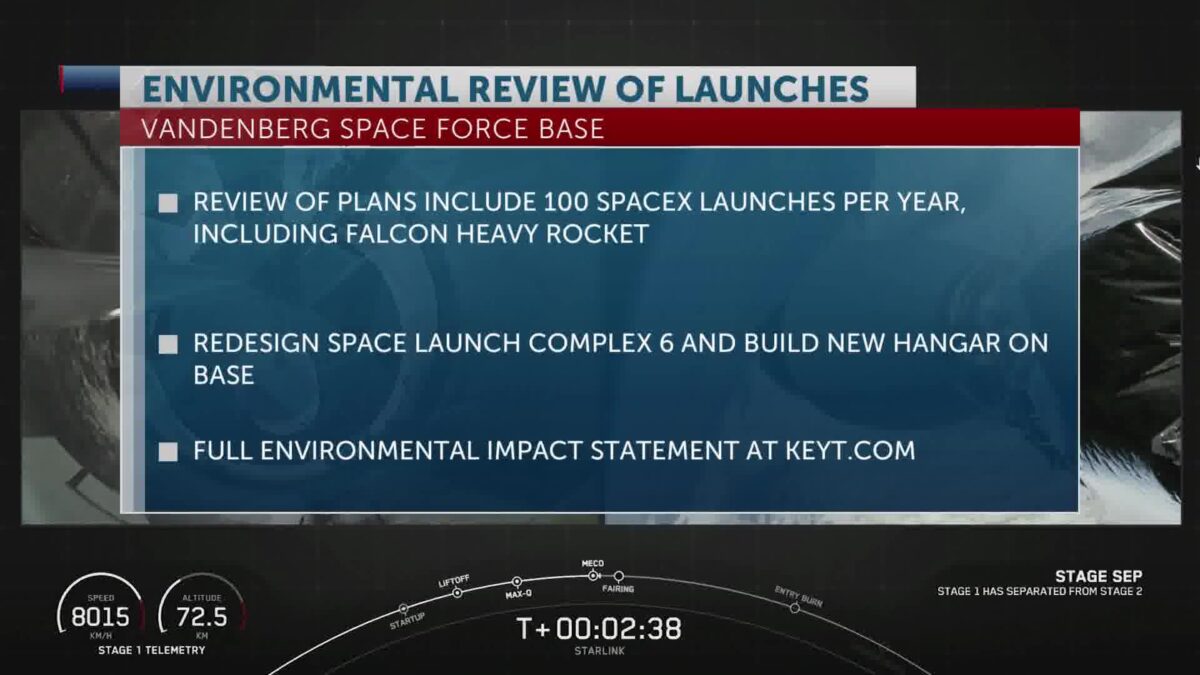

 Details of the proposed construction at SLC-6
Details of the proposed construction at SLC-6 An estimated launch cadence from the Air Force’s EIS
An estimated launch cadence from the Air Force’s EIS


